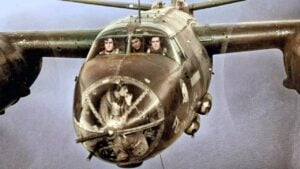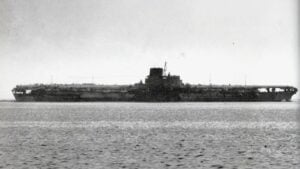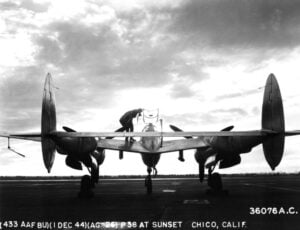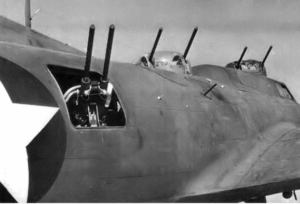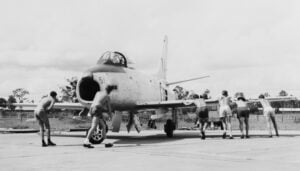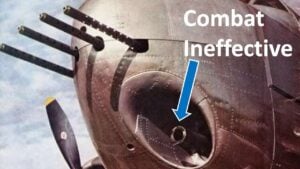Was The C-46 Commando Really A Death Trap?
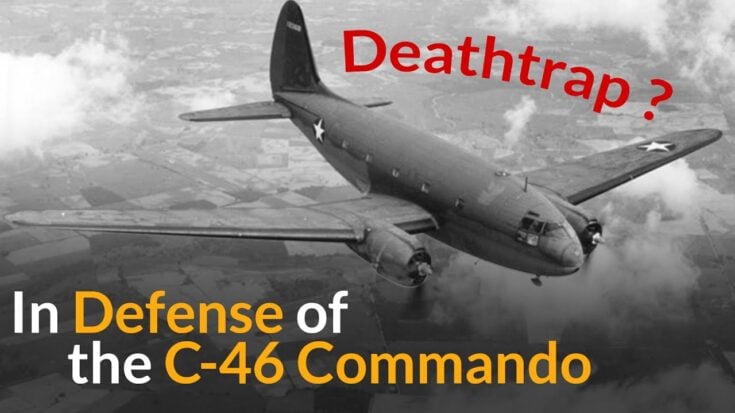
YouTube / Military Aviation History
The Curtiss C-46 Commando entered Operation Varsity in March 1945 as a new transport aircraft expected to expand the capacity of the Allied airborne force. It carried more men, offered greater internal volume, and promised a valuable increase in lift during the Rhine crossing. Its first major combat mission, however, produced a record of losses that created an enduring belief that the aircraft carried unacceptable risk.
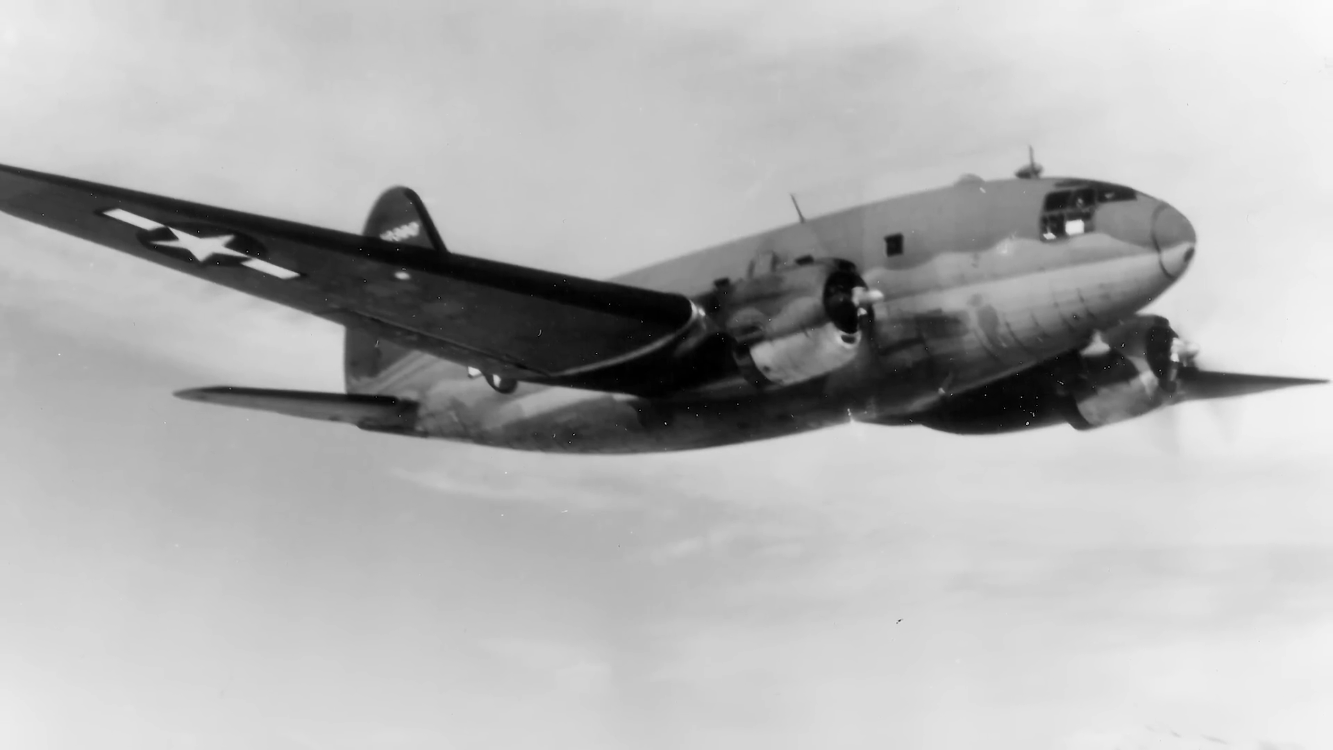
The Reputation Formed at Varsity
During the operation the C-46 carried elements of the American 513th Parachute Infantry Regiment. As German anti aircraft guns opened fire, several aircraft were struck and ignited almost immediately. Out of 69 C-46s that took part, 19 were lost. Fourteen were consumed by fire and another 38 were heavily damaged. The scale of destruction surpassed that of other transports in the same formation.

After action assessments pointed to the lack of self sealing fuel tanks and the structure of the wing roots. Fuel could pool near the fuselage attachment points, and any rupture pushed flame directly into the cabin. Concerns related to the hydraulic system were raised as well. The aircraft was withdrawn from future airborne combat drops and the image of a vulnerable transport settled into wartime memory.
Why the C-46 Was Used
The use of the Commando came from practical calculations made by Allied planners. The C-47 Skytrain could carry roughly 24 paratroopers. The C-46 carried 40. A single Commando therefore replaced a significant number of C-47 loads during planning. Two C-46s equaled the personnel lift of three Skytrains and those Skytrains could then tow gliders.
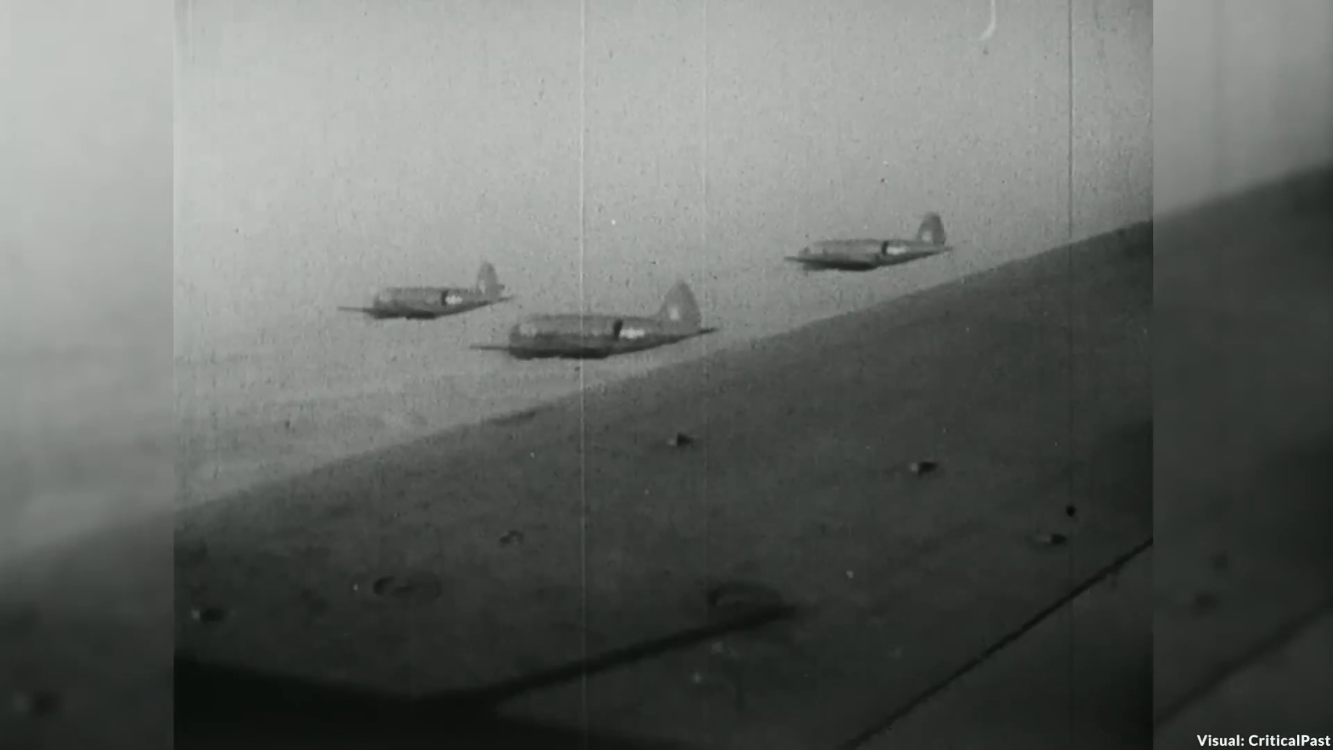
This freed additional lift for troops, vehicles, small artillery pieces, and ammunition. Varsity required both paratroopers and glider borne units. Every American airborne division relied on this mix. Without the C-46 the number of available glider lifts would have been far smaller, which would have reduced the ground strength delivered on the first day.
The Context of Losses
The losses were severe, but the circumstances matter. The C-46 entered in the second wave when German guns were fully active. All transports approached at low altitude and slow speed to prepare for the drop. The C-46 was already known to require more maintenance than the C-47 and its vulnerability to fire made strikes more destructive. The volume of fire directed at the second wave increased the risk for every aircraft and the C-46 suffered the most because of its design.

In Defense Of The Commano
The Commando offered a large cargo hold, long range, and substantial lift. Varsity exposed a single critical weakness and this shaped its reputation. Outside of airborne drops the C-46 performed well as a transport and continued to serve in demanding theaters such as the Himalayan supply route. Its record in that environment showed that the aircraft had considerable strength when fire risk was controlled.

The question of whether the C-46 was a death trap reflects the outcome of one intense operation rather than the full history of the design. It entered service with advantages that planners needed and its reputation came from a specific vulnerability exposed under concentrated fire.














